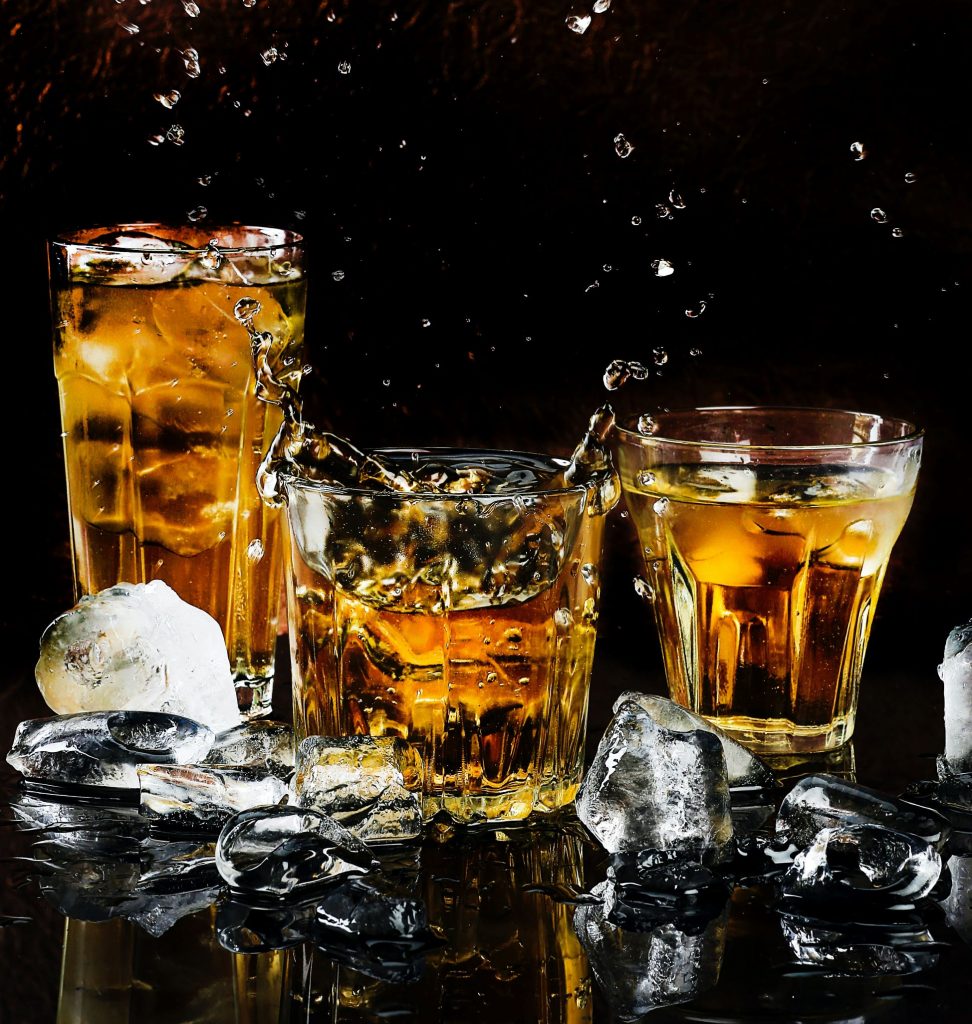
Major Types of Whiskies from around the World
There are several distinct types of whiskey. The variations in whiskey depend upon the type and proportion of grains used and the methods employed in making the whiskey. Barley, corn, wheat, and rye are the principal grains used in manufacturing. While the variations in methods lead to different classifications of whiskey include the way of distilling (batch or continuous distillation) and the process and period of maturation. American whiskies are mostly aged in new oak, while Scotch and Irish whiskies employ re-used casks.
Scotch Whisky
Scotch whisky is a spirit must conform to the standards of the Scotch Whisky Order of 1990 (UK) .It states that it must be distilled at a Scottish distillery from water and malted barley .In it only whole grains may be added. It has to be processed at that distillery into a mash, fermented only by the addition of yeast, and distilled to an alcoholic strength of less than 94.8 percent ABV to retain the flavour of the raw ingredients used. Maturation in Scotland in oak casks for no less than three years. Scotch should not contain any added substance other than water and caramel colouring .It may not be bottled at less than 40 percent ABV.
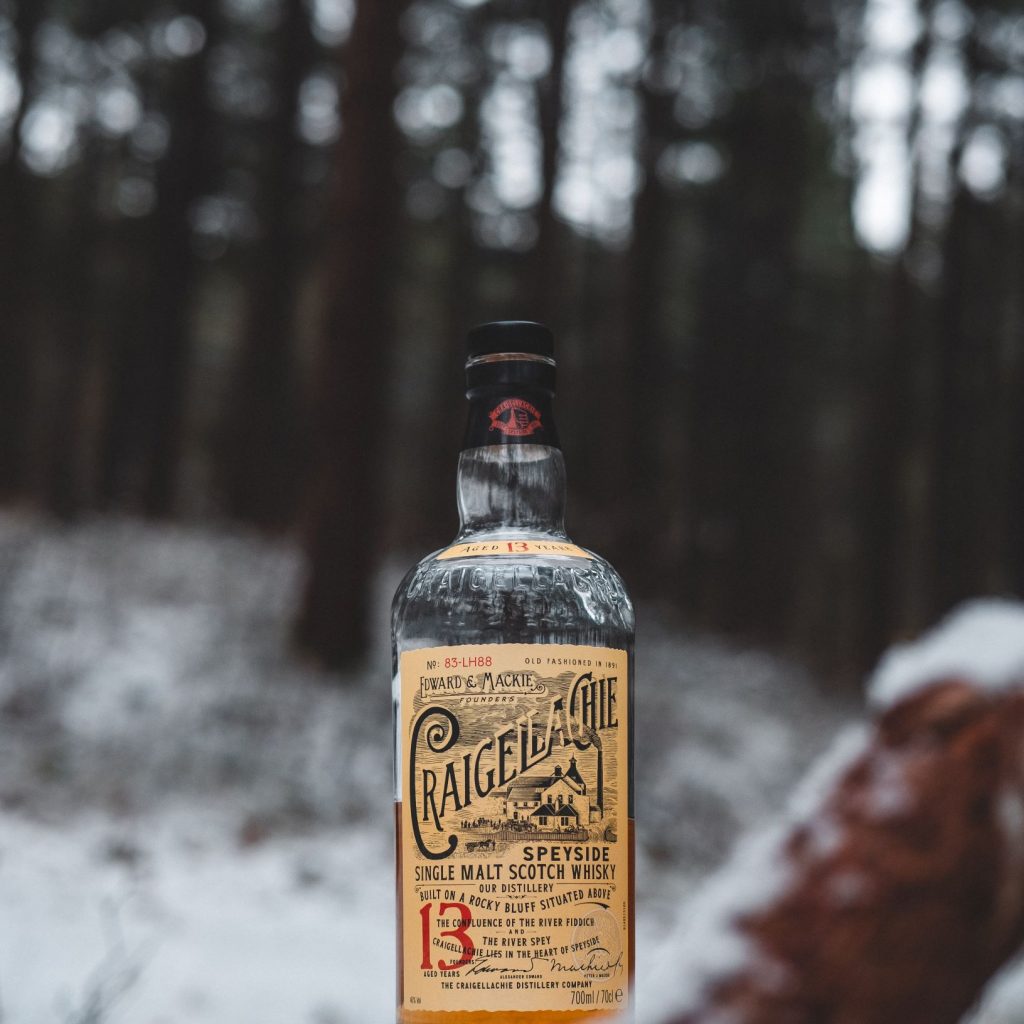
Scotch Malt Whisky
Single malt Scotch whisky is the product of just one distillery. Malt whisky is distilled from 100 percent malted barley and is usually distilled in a pot still.
Blended Scotch Whisky
Blended Scotch whisky is a mixture of single malt whisky and grain whisky. The resultant whiskies are from a number of different distilleries. Age statement given on the bottle must refer to the youngest whisky in the blend.
Blended Malt Whiskey
Previously known as “vatted malts,” blended malts consist of two or more single malt whiskies mixed together.As with blended whiskies, any age statement given has to refer to the youngest whisky in the blend.
Lowland whiskey
Lowland distilleries developed on a large scale because the Lowlands of Scotland grew vast quantities of grain, and there were abundant supplies of coal to fire the malt kilns and heat the stills. The use of coal, rather than peat in the malting process, as practiced in the Highlands, was one factor that helped to define what was to become the quintessential Lowland style. Additionally, triple distillation was often employed to produce a whisky comparatively light in flavor and body.
Highland whiskey
Highland whiskies are made as far north as the Orkney Islands (the most northern point in the British Isles), as far south as the country around Glasgow, and in some of the islands off the west coast of Scotland. If even one constituent of the whisky comes from The Highlands, the whisky is a Highland whisky. For example, Glengoyne is considered a Highland whisky because the water used to distill it comes down from the north.
The Highland whisky producers, ignored the tax authorities, focused on producing a quality whisky to feed the demand in Scotland’s cities in small breweries in the region , hidden from the tax authorities. Until roughly the mid-nineteenth century, Highland whisky was considered vastly superior to Lowland whisky. That’s why the first Scotch whisky boom began with Highland whiskies rather than with the easily accessible volume producers in the Lowlands.
Grain Whiskey
Grain whiskey may contain unmalted barley or other malted or unmalted grains, such as wheat and corn, and is generally distilled in a continuous still. Most grain whiskey is used for blending. However, single grain Scotch whisky is sometimes bottled, and is the product of just one distillery.
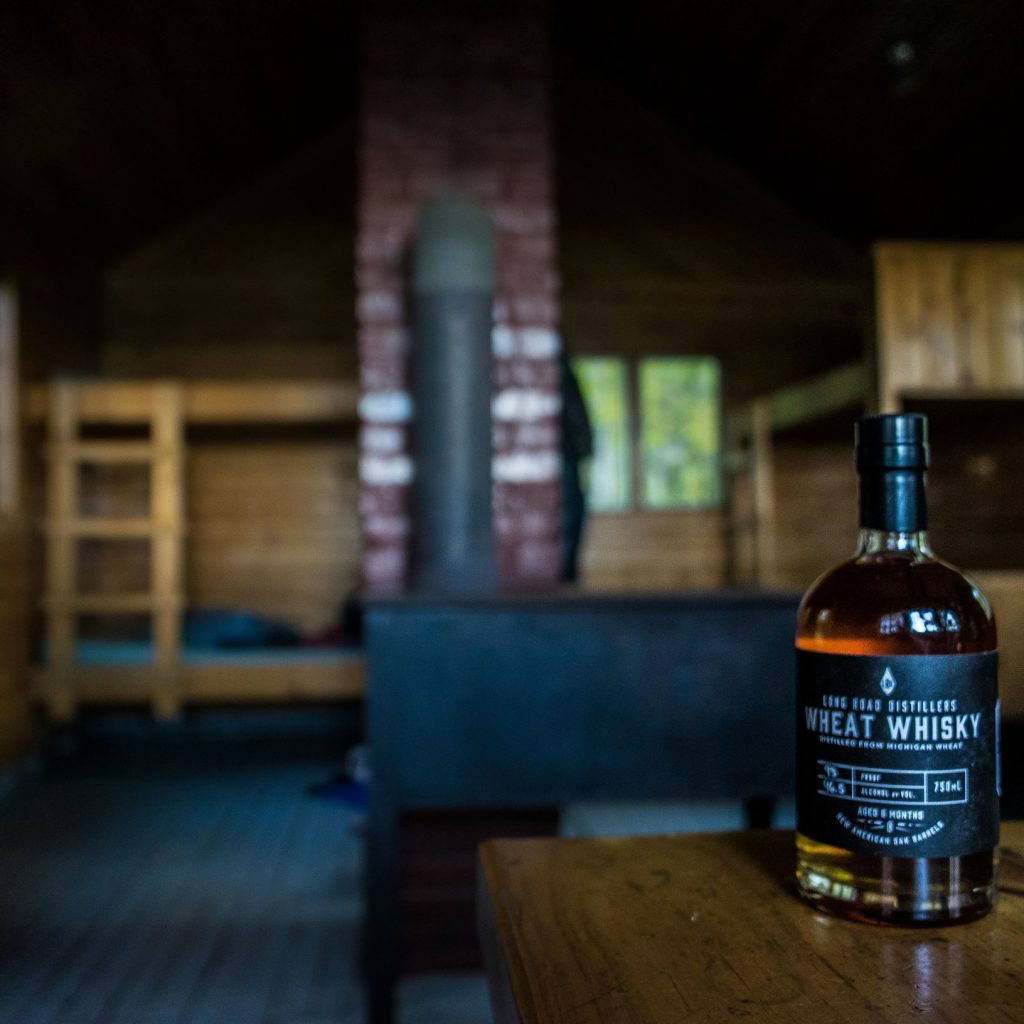
Irish Whiskey
Irish distillers use both pot and column stills, producing grain spirit, usually from corn, in the column stills, while what is termed Irish “pure pot still whiskey” is traditionally made in pot stills from a mixture of both malted and raw barley. Typically 40–50 percent of the mash bill is malted barley, though this isn’t a legal requirement .Traditionally, Irish whiskey is triple distilled. Blended Irish whiskies are made from a mixture of pot and column still spirits. Like Scotch, Irish whiskey must be distilled and matured in the country of origin for at least three years.
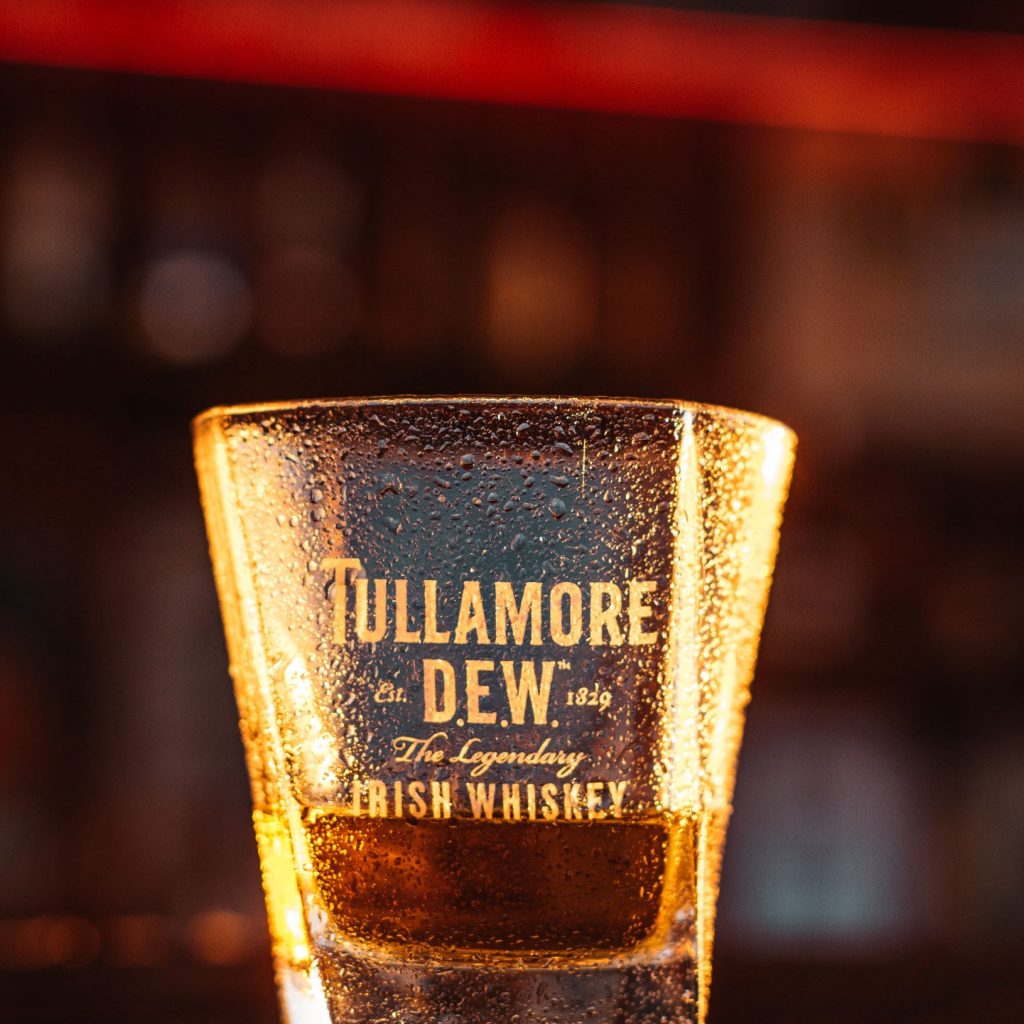
Bourbon Whiskey
By law, bourbon must be produced from a mash of not less than 51 percent corn grain, and is usually made from between 70 and 90 percent corn, with some barley malt plus rye and/or wheat in the mash bill. Legally, bourbon has to be matured in new, charred, white oak barrels for at least two years.
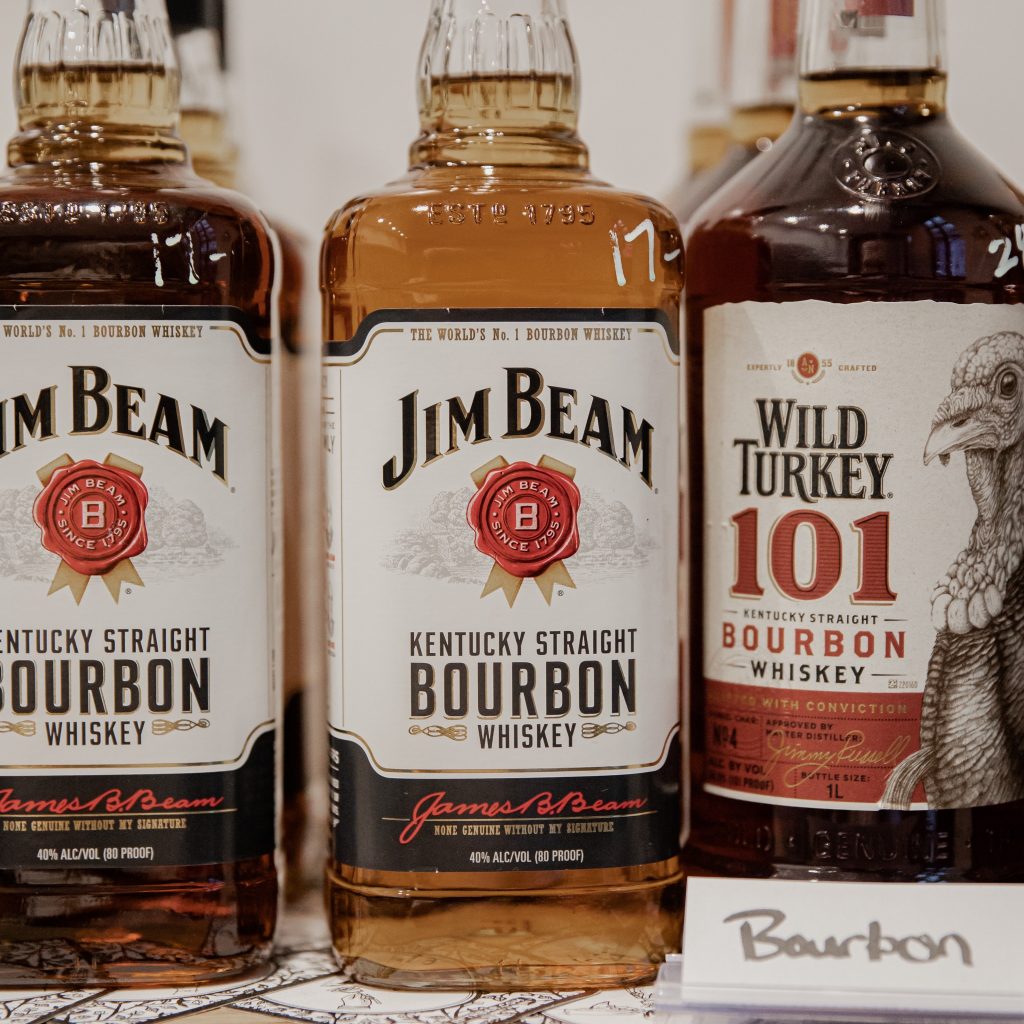
Tennessee Whiskey
Essentially bourbon-style spirits, Tennessee whiskies do, however, undergo a distinctive filtration through sugar maple charcoal. This is known as the Lincoln County Process.
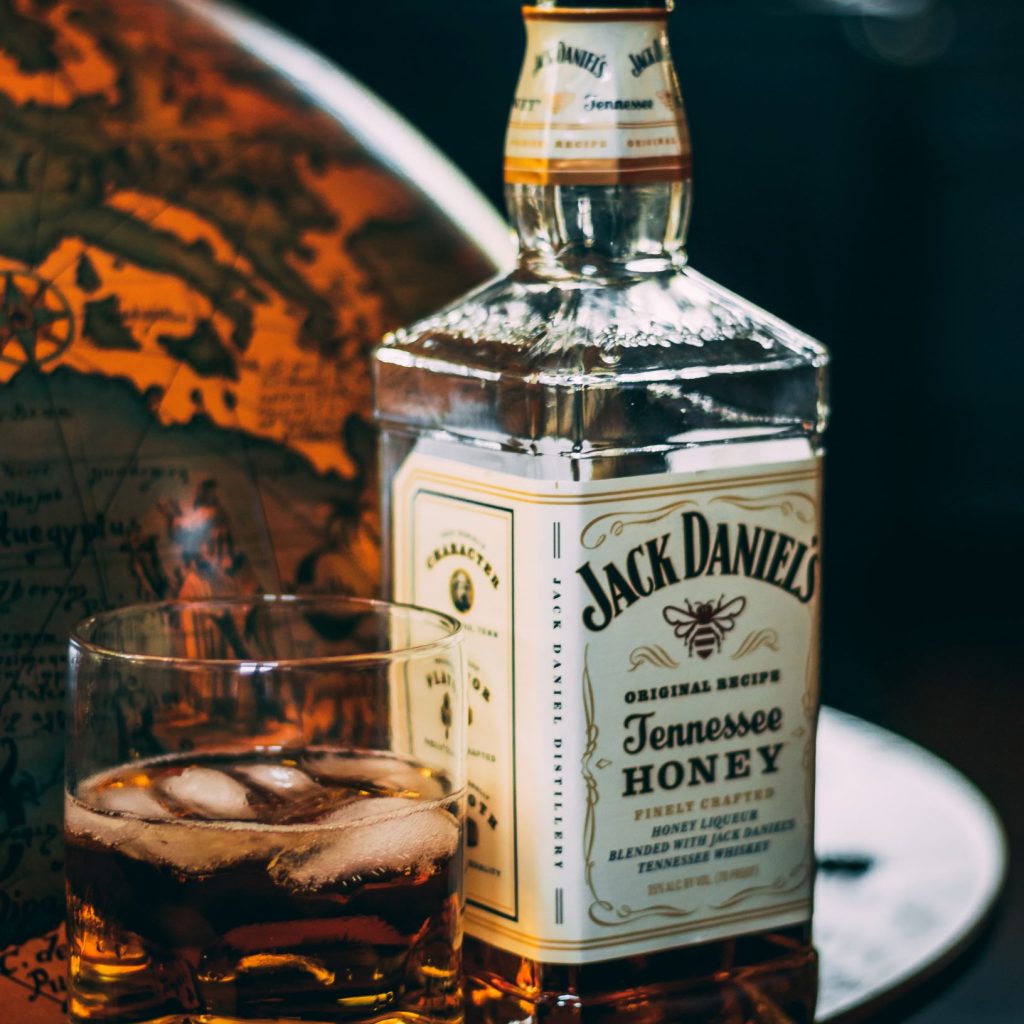
Rye Whiskey
Legally, rye whiskey has to be made from a mash of not less than 51 percent rye and, as with bourbon, virgin charred oak barrels are required for maturation. To be called “straight rye” it must be matured for at least two Years .
Corn Whiskey
Corn whiskey is distilled from a fermented mash of not less than 80 percent corn at less than 80 percent ABV. It is the one American whiskey that does not have to be aged in new charred oak barrels, and no minimum maturation period is specified.
Canadian Whiskey
Virtually all Canadian whiskey is distilled in column stills, and in most cases, rye is blended with a comparatively neutral base spirit. Unlike US bourbon and rye, pre-used casks may be employed for maturation. As with Scotch and Irish, Canadian whiskey must be matured for a minimum of three years. It is permissible to add small amounts of fruit or alcohols such as sherry to the whiskey.
Japanese Whiskey
Japanese distillers take Scotland as their model, distilling malt whiskey in pot stills and grain whiskey in column stills. As with Scotch, blended Japanese whiskey is a mixture of both malt and grain spirit, often containing a percentage of imported Scotch malt whisky.
Indian Whiskey
Much of the “whiskey” produced in India would not qualify as whiskey elsewhere. Most Indian whiskey is neutral alcohol whiskey, produced in continuous stills using buckwheat, rice, millet, or molasses, and generally sold unaged. A number of Indian single malts plus blended malts are also produced, and these tend to conform to classifications widely used in the European Union
